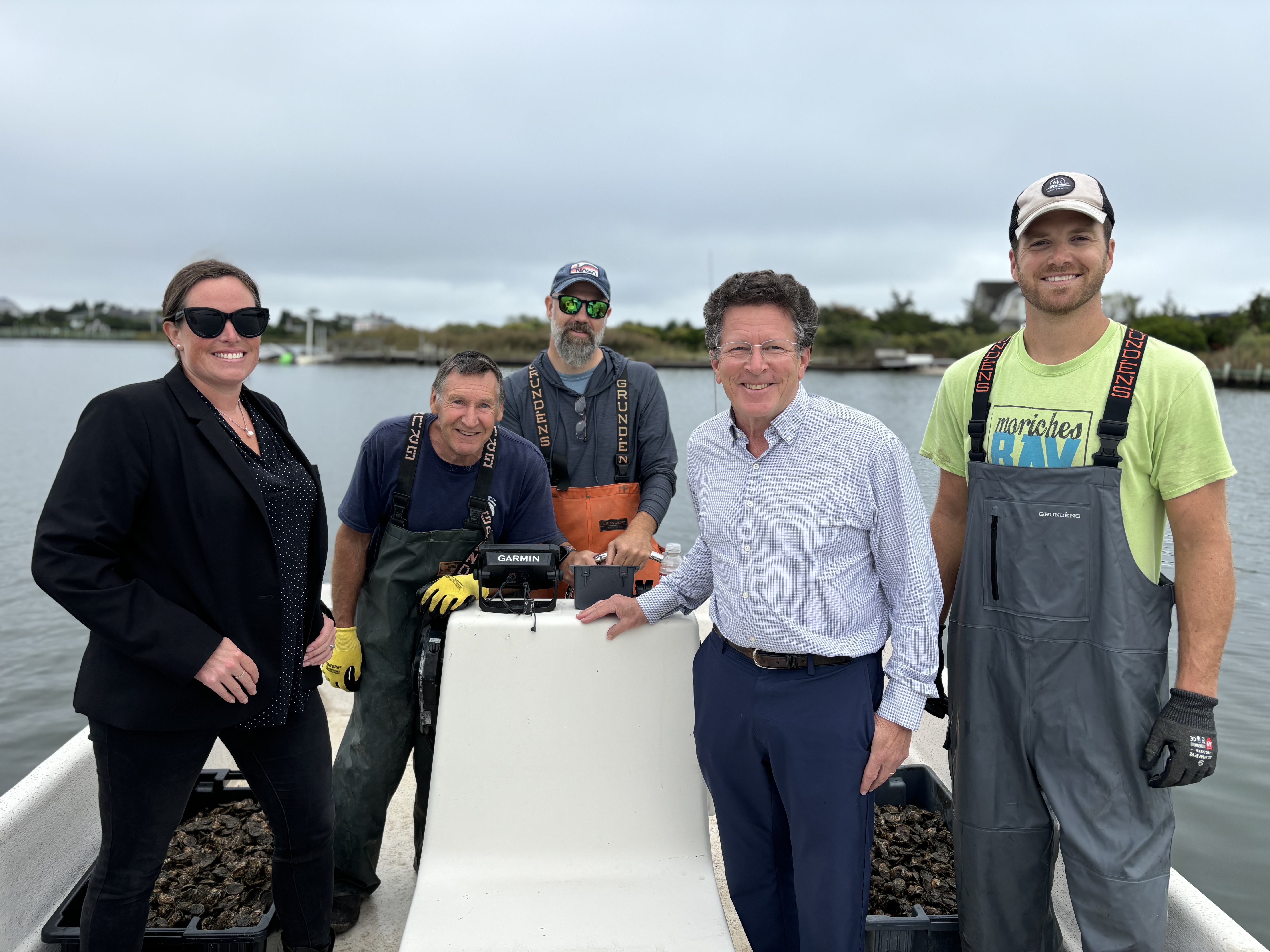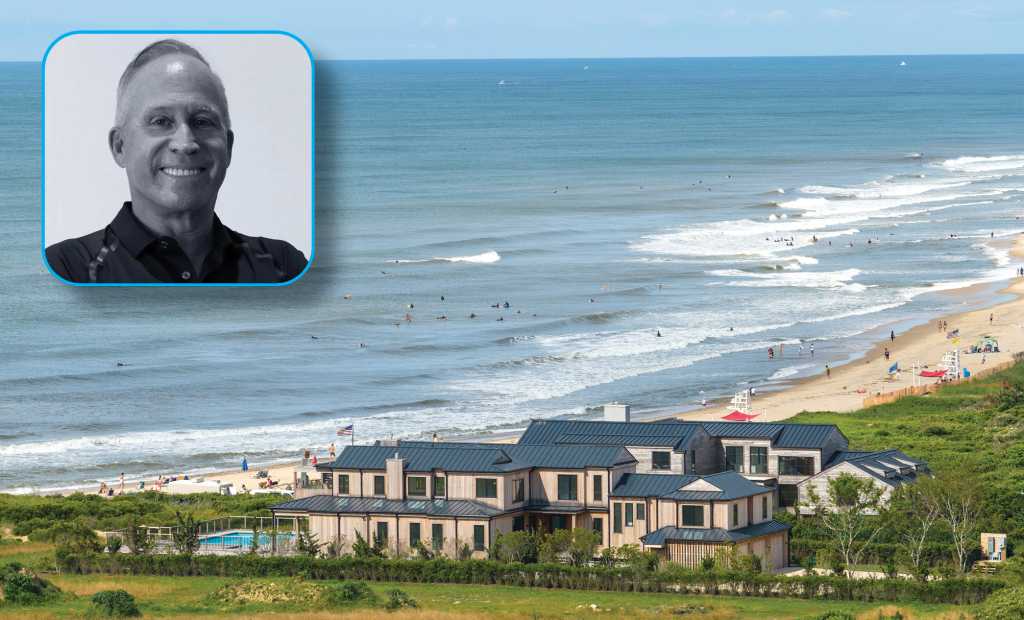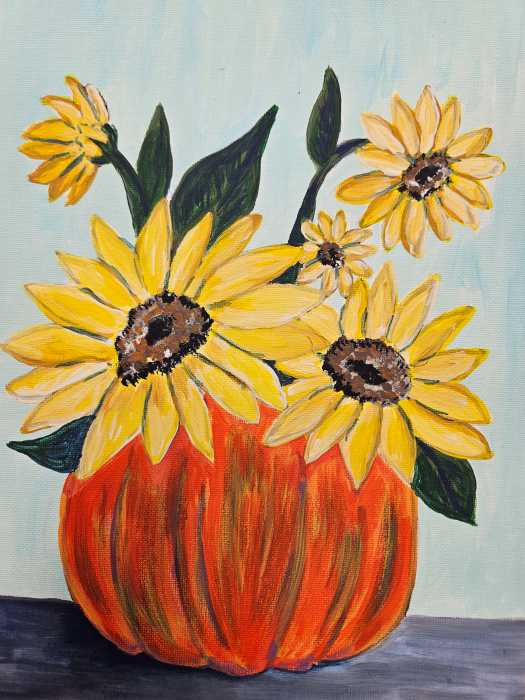The Moriches Bay Project: Cleaning the Bays Using Oysters, a Keystone Species

The best way to clean up Long Island’s southern bays has been right in front of us the whole time, with no advanced technology or anything else needed; oysters.
That’s what the Moriches Bay Project, founded in 2012 by Laura Fabrizio, Aram Terchunian, and Dwight Surgan, aims to do. Using Flowing Upwater Systems, known as FLUPSYS, the project is able to grow hundreds of thousands of oysters a year. Unlike most oysters grown on Long Island, these aren’t farmed for consumption; they’ve got a job to do. They are distributed throughout the bays from skiffs, and are able to clean the water. Oysters are considered a keystone species in Long Island waters, meaning much of the ecosystem depends on them. In addition to filtering the water, the oysters are an important food source for other species that have suffered from pollution such as fish and crabs.
This year’s planting took place on Sept. 18, and was a huge success; up to 550,000 oysters of the season’s 700,000 grown were distributed throughout Moriches Bay and other southern bays.
“We have four FLUPSYS, two of which are here,” Fabrizio said. “One is supported by the Quogue village, and then we have one over in the Westhampton Beach Marina, and one over in the Senix area of East Moirches, and five farms across Dune Road. Each little oyster can filter 50 gallons of water every day. We are trying to make a difference in our bays, just one oyster at a time. Every oyster that we plant goes straight into the bays. Our only goal is to improve the water quality in our bays. And a lot of people get confused and think that we are farming or gardening oysters, and growing oysters for food, but the end result is to put them in the bay, to improve the quality of water.”
Historically, water quality in the bays was affected by things such as duck farming and industrial projects on Long Island, but now the main culprits are dirty runoff from fertilizers, septic systems and more, and the natural flows in the bays don’t clean the water as well as the open ocean does – but oysters do a pretty good job, according to the experts.

“We’re harnessing the natural filtration power of the oyster, and we know that oysters used to persist here a long time ago,” Surgan, cofounder of Moriches Bay Project as well as senior scientist and director, said. “Certain things have changed with the water quality and everything. The much more expensive way of combating water quality is doing infrastructure change, so this is a much more low cost but environmentally friendly way of improving water quality in these waterways.
“The main contributor is just individual sanitary systems, which have been around for a long time, and a lot of them are antiquated and need to be changed out and improved,” Surgan added. “They do have new no-nitrogen systems that you can install, but that’s it. We just have a lot of nitrogen coming from these septic systems going into the bay and causing these algae blooms that you see. And once you have an algae bloom, then you have fish kills and low oxygen environments. So we’re trying to clean it all through the oysters. They filter the water, they take that algae out, and keep it at a manageable level.”
Partners of the project include Quogue Village Mayor Robert Treuhold and Southampton Community Preservation Fund Director Jacqueline Fenton, both of whom boarded a skiff and threw oysters into the bay.
“One of the true joys of being a local mayor is that you can have an impact,” Treuhold said. “I had a science teacher who said, ‘We all have to pitch in, and it’s all incremental, little steps that we all take on an everyday basis.’ So in addition to the oyster project, which has been going on now for over 10 years in the village, we’re doing other projects. We’re doing stormwater quality, water quality improvement projects, again, with help from the Community Preservation Fund. We’ve done projects up by the Wildlife Refuge, working on promoting alternative sewage septic systems in order to get people to upgrade their septics on a volunteer basis. So it’s fun, and it’s fun getting your hands dirty.”
The Community Preservation Fund has been able to support the Moriches Bay Project through grants.
“Community Preservation, thankfully, has 20% allocation of the yearly revenue that’s able to be attributed and utilized for water quality projects,” Fenton said. “So the Moriches Bay Project came to us for a grant application that was reviewed by our Water Quality Advisory Committee as well as our internal staff and environmental analysts, and the Town Board allocated funding for most of this project for a five year program. So we’re happy to see it so successful this year.”
As for the founders of the Moriches Bay Project, it’s all about doing what you can to improve the place in which you live.
“Laura Fabrizio is the inspiration for all of this,” Aram Terchunian said. “She came to me one day and said, ‘The bays are in terrible shape. What government agency do we call?’ And I said, ‘The government can’t do this. We’ve got to do it.’ And she said, ‘Well, how do we fix it?’ And I said, ‘We need a million oysters.’ That was my mistake, because she immediately set about figuring out how to grow a million oysters, and this year, we’re halfway to our goal, with half a million oysters being replanted today.”
Visit morichesbayproject.org to get involved with the Moriches Bay Project.









